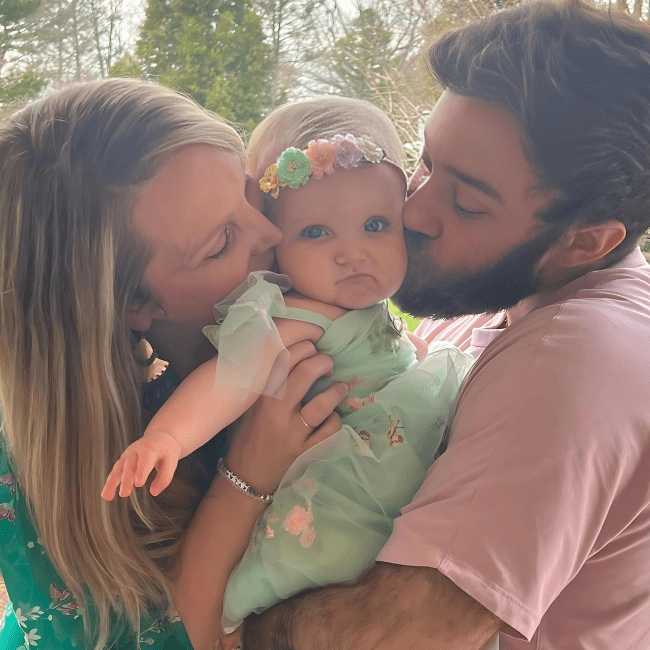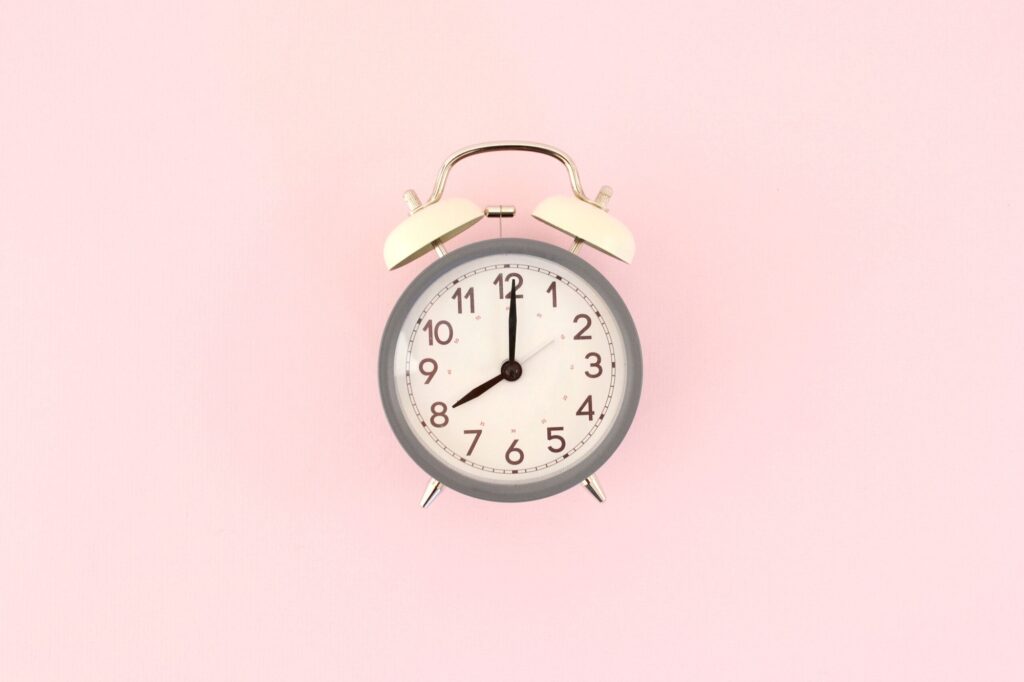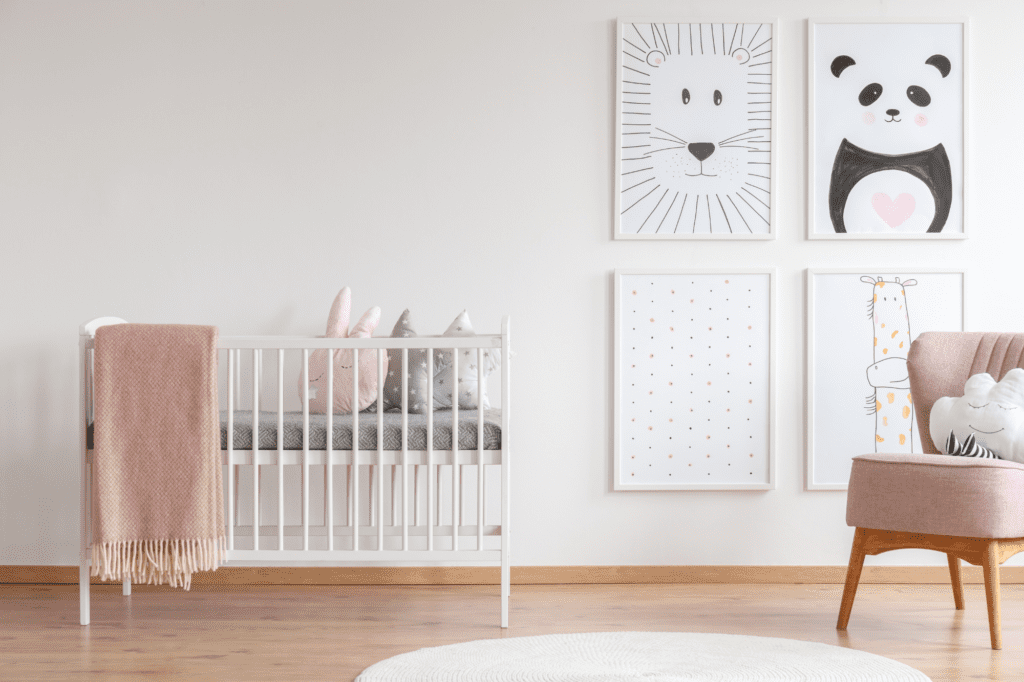I'd love to help you with

This package is for expecting parents or parents of a newborn that want to give their little one the gift of sleep early on. Lay the foundations for independent sleep right from the start with your newborn. This is not sleep training, but in this package you will learn how to give your little one the chance to practice independent sleep and possibly avoid sleep training down the road!

Long nights of endless rocking and feeding your little one to sleep? Are you ready for a full night of uninterrupted sleep? This can be your new normal with a customized sleep plan that will help get your little one to fall asleep independently. This sleep package will give you a step by step plan you can follow along with Katie’s follow up support. She will guide you and support you throughout the plan.

Bedtime battles and nap struggles? Whether your toddler used to be a great sleeper or has never slept well, it’s never too late to help them fall asleep independently. Toddlers can be long on will, but short on skill. This sleep package will help you get your toddler to sleep all night in their crib or bed and help you keep them in bed. Katie’s follow up support will help guide you along the way.

Hi, I'm Katie Roeder
Wife, mom, sleep consultant and postpartum doula! I know all about the sleepless nights and bedtime struggles, because I’ve been there! That doesn’t have to be your normal. When I found this sleep program it was LIFE CHANGING! Let me help you get your little one sleeping independently so you can sleep too!








Download My Freebies
Client Love


Connect with Katie on Instagram



































